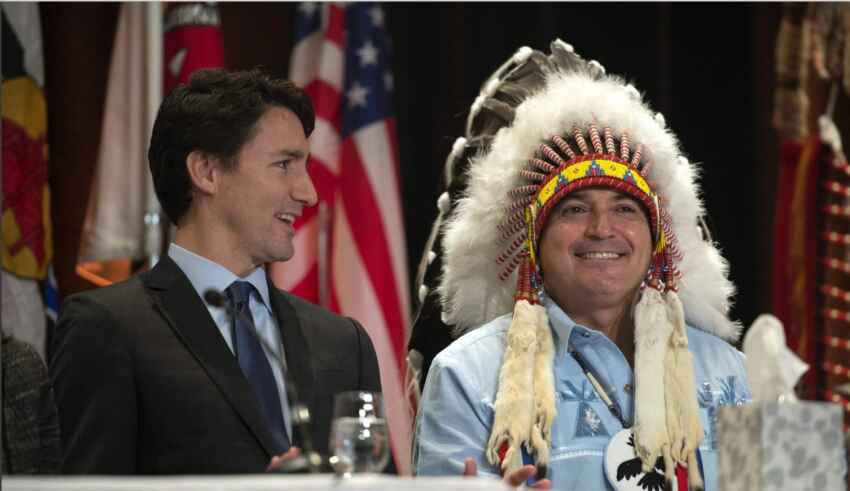
Although the discovery of 215 graves of children found on the grounds of a former residential school in British Columbia shocked the international community, came as no surprise to the surviving indigenous people of Canada. When few weeks later, 715 unmarked graves were found at a similar residential school in Saskatchewan, the worst fear was confirmed; The Canadian state has committed genocide against the Indigenous community.
Since the 19th Century Canada had established a system of residential schools, usually managed by the church, that Indigenous children from a very young age were obliged to attend. In the 1970s, the first schools started to close, with the last school shutting down in 1996. The Marieval Indian Residential School, where the 715 graves were found, is one of the 130 compulsory schools, set up by the Canadian government and operated by religious authorities for two Centuries, aiming at the assimilation of the indigenous people into Canadian society. The real intent of those boarding schools was revealed only recently, even though the indigenous community has repeatedly presented evidence for the underlying operations of such institutions. Boarding schools were just one of the many systems of violence that the state was using against the indigenous people. As the academic Joanna R. Quinn referred to “Residential schools represent the tip of the iceberg.”
Setting the legal framework of genocide under international law is crucial. According to the Convention on the Prevention and Punishment of the Crime of Genocide, which entered into force in 1951, genocide is consisted of any of the four actions, listed below, that deliberately target a national, ethnical, racial, or religious group with the intent of its extinction. Such acts are a) killing, b) Causing serious bodily or mental harm c) intentionally inflicting the living conditions of the group in a way that can lead to its physical destruction d) preventing the births in the group, and e) transferring by force children from the group to another group. Contrary to the mass killing within a short time that was operated in Holocaust and for the common understanding consists the only type of genocide, the Canadian genocide was a long process that took decades and was operated in different ways.
The basic element of genocide is genocidal intent, meaning to deliberately aim for the destruction and extinction of the protected group. As the crime of genocide engages both individual criminal responsibility and state responsibility, Canada’s intent should be assessed based on the existence of a strategy, policy, or course of conduct that indicates such a purpose. According to evidence, for several years until recently, the Canadian government followed a continuing policy, which deliberately targeted indigenous people.
Although Prime Minister Justin Trudeau stated that acknowledges the finding that it was genocide, the NDP has failed to pursue parliamentarians to accept such a conclusion. Since the motion filed was not accepted unanimously, it was not adopted by the House of Commons. While the public recognition of what happened, in reality, is essential, reparations are also of great significance. Most importantly, structural changes need to occur in the Canadian system, as any past influences of colonialism should be reversed.
By The European Institute for International Law and International Relations.















